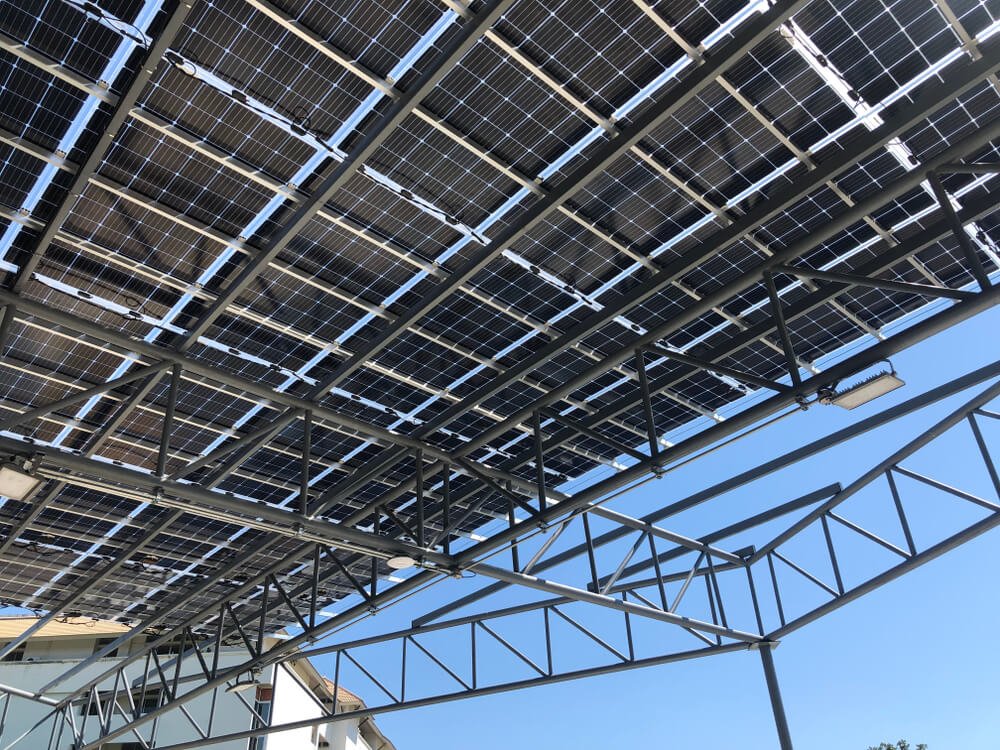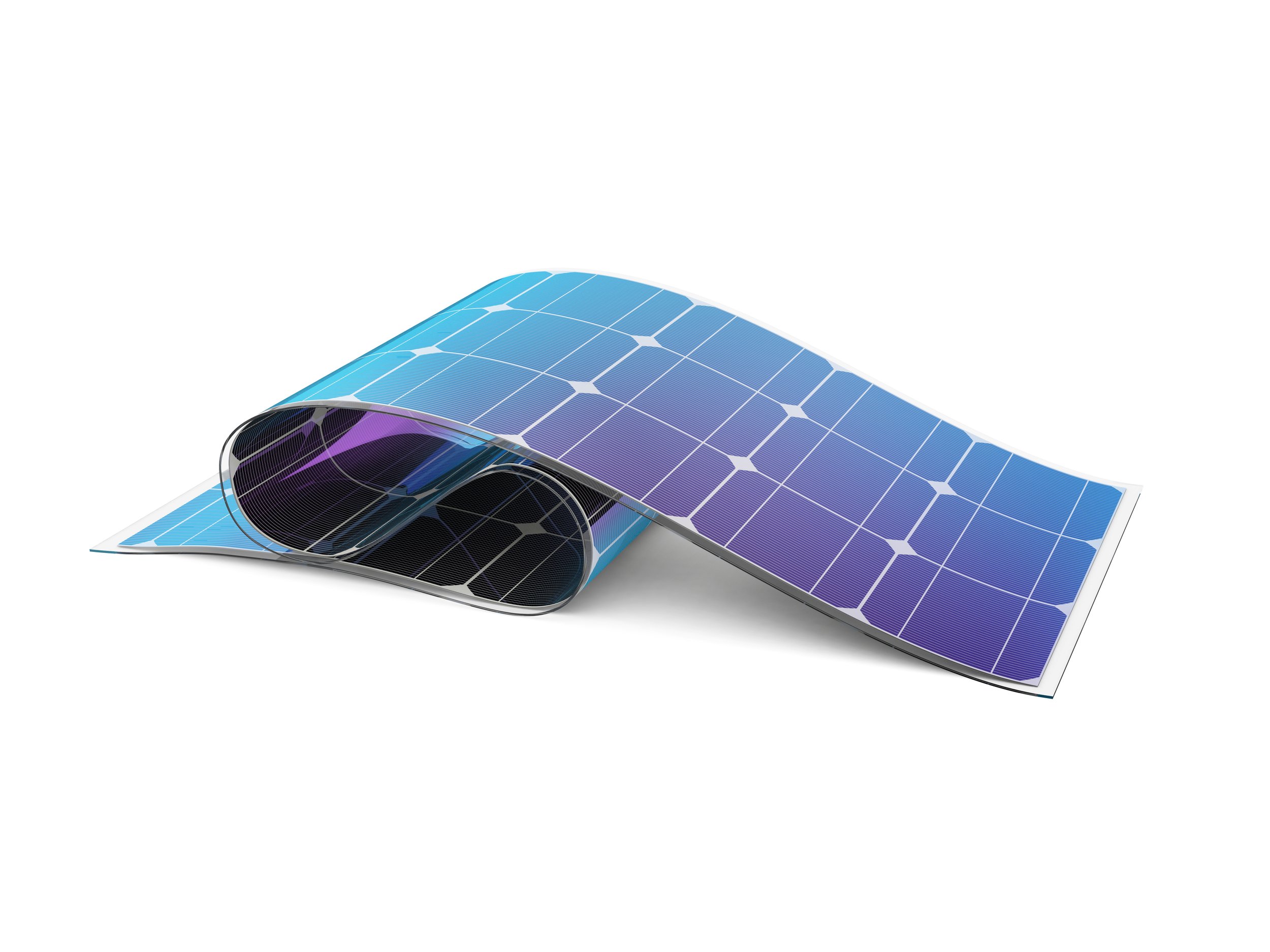How Do Photovoltaic Cells Work?
In a world where sustainable energy solutions are taking center stage, photovoltaic cells have emerged as the superheroes of the solar energy realm. These remarkable devices are the heart and soul of solar panels, converting sunlight into clean and renewable electricity. If you're curious about the inner workings of these technological wonders, you've come to the right place! Let's dive into the captivating universe of photovoltaic cells and unlock the secrets behind their power.
The Photovoltaic Marvel: A Primer
At the core of every solar panel lies a network of photovoltaic cells, often referred to as PV cells. These cells are designed to capture sunlight and transform it into usable electricity, offering an eco-friendly alternative to conventional energy sources. As we journey into the heart of photovoltaics, let's explore the key components and processes that make these cells so remarkable.
The Quantum Dance: How Photovoltaic Cells Work
Light Absorption: When sunlight strikes a photovoltaic cell, it's not a mere touch – it's a dance of quantum particles. The cell's semiconductor material absorbs the incoming photons, releasing electrons from their atoms in the process.
Creation of Electron-Hole Pairs: The energy from absorbed photons elevates electrons to higher energy levels, leaving behind "holes" in their original positions. This interaction generates electron-hole pairs, setting the stage for electricity generation.
Electric Field Formation: Photovoltaic cells are engineered with a built-in electric field due to the intentional arrangement of different layers of materials. This electric field guides the separated electrons and holes toward different electrodes.
Electrical Current Generation: Electrons are driven towards the front surface of the cell, while holes migrate towards the rear surface. This movement creates a flow of electric current, which can be harnessed for various applications.
Direct Current Conversion: The generated electric current is in the form of direct current (DC). In most practical scenarios, this DC output is then converted into alternating current (AC) using inverters, making it compatible with household and commercial electrical systems.
Types of Photovoltaic Cells: Diversity in Efficiency
Photovoltaic technology has evolved over the years, giving rise to various types of cells, each with its unique attributes and efficiency levels:
Monocrystalline Cells: These cells are crafted from a single crystal structure, offering high efficiency due to their uniformity and purity.
Polycrystalline Cells: Formed from multiple crystal fragments, these cells are slightly less efficient but more cost-effective to produce.
Thin-Film Cells: These flexible and lightweight cells are made by depositing thin layers of semiconductor material onto substrates. They're less efficient but can be applied to unconventional surfaces.
Harvesting Solar Power: Photovoltaic Applications
The applications of photovoltaic cells are as diverse as they are promising:
Residential Solar Panels: These panels adorn rooftops, converting sunlight into electricity to power homes and reduce utility bills.
Commercial Installations: Businesses harness solar power to cut operating costs and make eco-friendly choices.
Utility-Scale Solar Farms: Vast solar arrays generate large amounts of clean energy, contributing to the overall energy grid.
The Path Forward: Advancements and Innovations
As technology marches forward, researchers and engineers are ceaselessly innovating to improve the efficiency, affordability, and versatility of photovoltaic cells:
Tandem Solar Cells: These cells stack multiple layers with varying absorption capacities to maximize energy capture.
Perovskite Solar Cells: Emerging as a potential game-changer, perovskite cells offer high efficiency and can be manufactured using cost-effective methods.
Frequently Asked Questions (FAQ)
-
Photovoltaic cells, commonly known as solar cells, are made by treating semiconducting materials, such as silicon, with specific chemicals to create layers with positive and negative electrical charges. These layers capture sunlight and convert it into direct current (DC) electricity. The process involves intricate manufacturing techniques, including purification, doping, and layering, to ensure efficient energy conversion.
-
The photovoltaic effect is a phenomenon wherein photons from sunlight hit the surface of a solar cell and knock electrons loose from their atomic orbits in the semiconducting material. This displacement of electrons creates an electric current. Positive and negative layers in the solar cell set up an electric field, which drives these newly-freed electrons towards the front of the cell, generating electricity.
-
While photovoltaic cells don't "wear out" in the traditional sense, their efficiency in converting sunlight to electricity gradually diminishes over time. This degradation typically amounts to less than 1% per year, meaning that after 20 to 25 years, a solar panel may still retain 80-90% of its original efficiency. Factors such as the quality of materials, manufacturing processes, and environmental conditions can influence the rate of degradation.
Final Thoughts: Lighting Up a Sustainable Future
Photovoltaic cells embody the essence of sustainable progress. With their ability to harness the power of the sun and convert it into electricity, they pave the way for a cleaner and greener world. As technology continues to advance, these cells will play an increasingly crucial role in our transition toward a brighter and more sustainable future.
Understanding photovoltaic cells is like peering into the cosmos of clean energy generation. The more we comprehend the intricacies of these remarkable devices, the better equipped we are to embrace their potential and embark on a journey towards a more sustainable planet.





